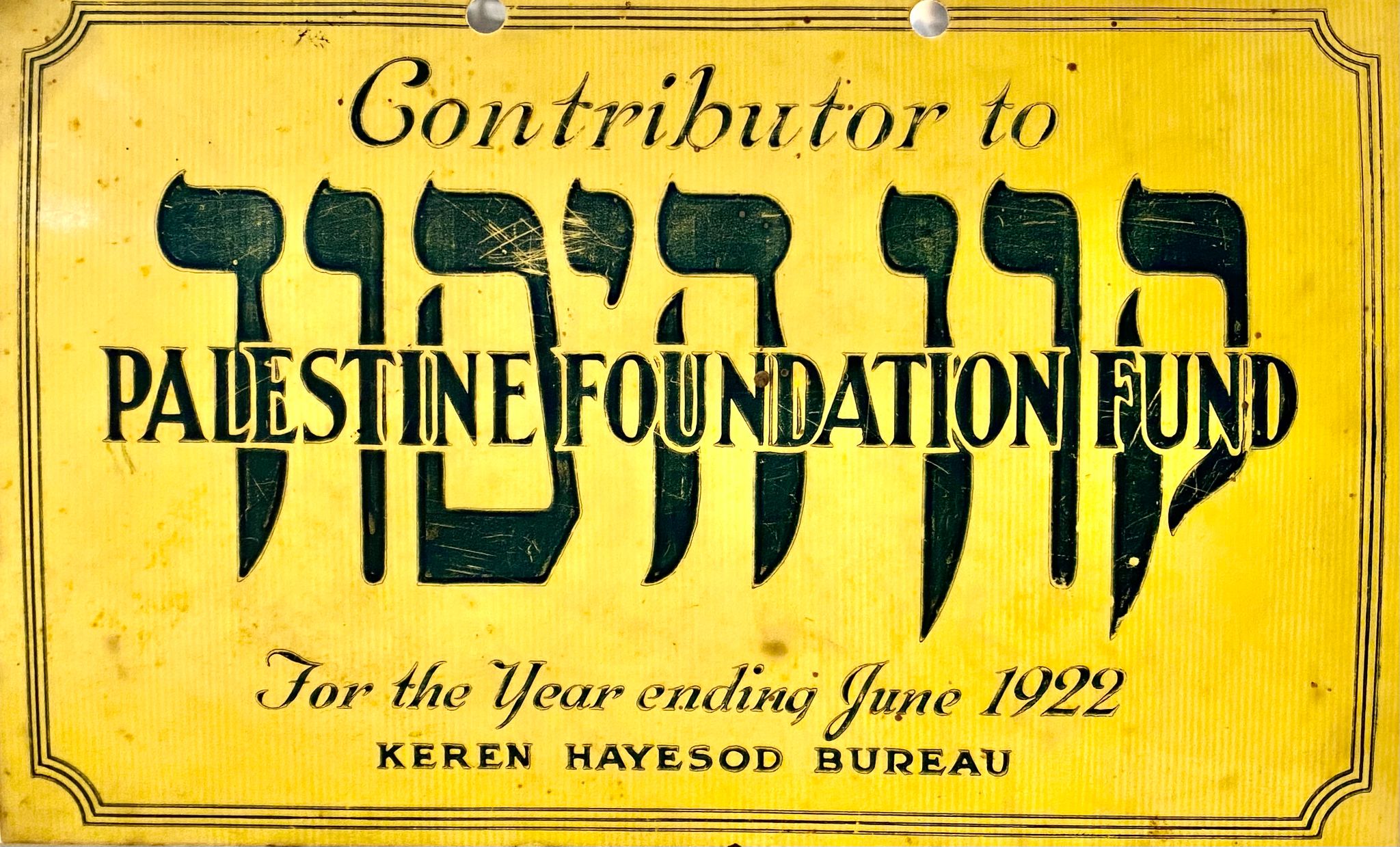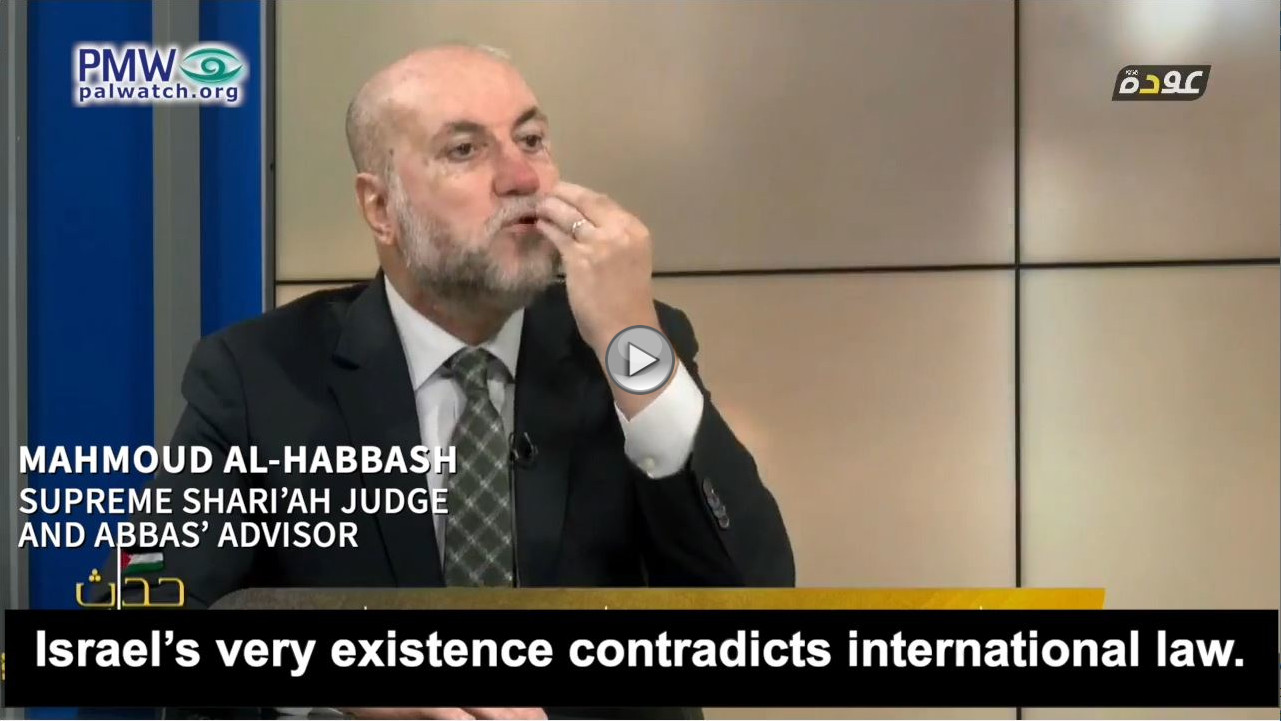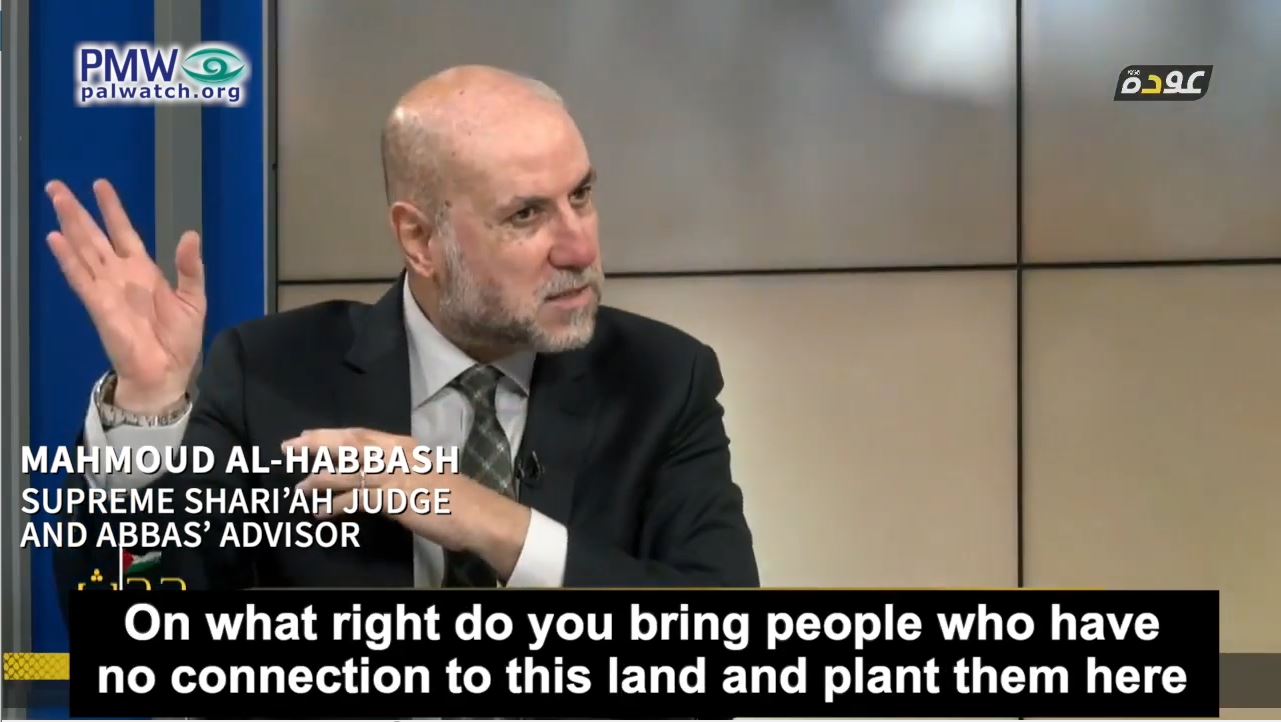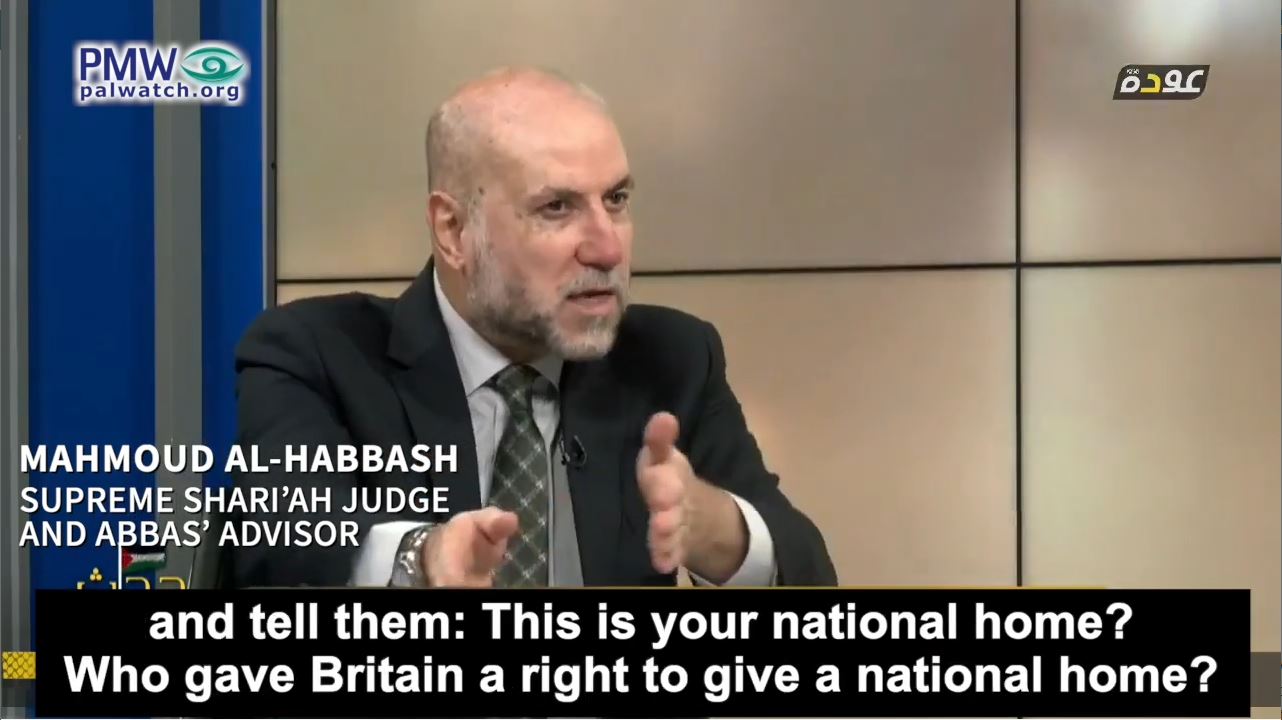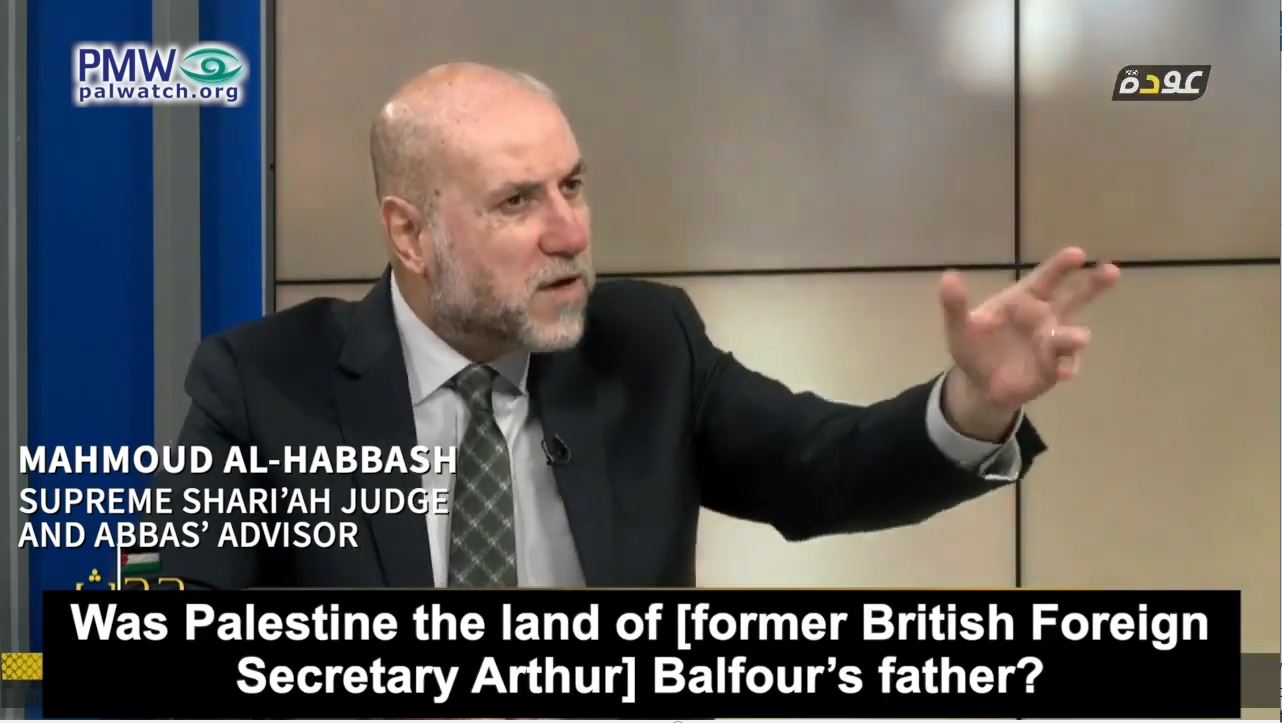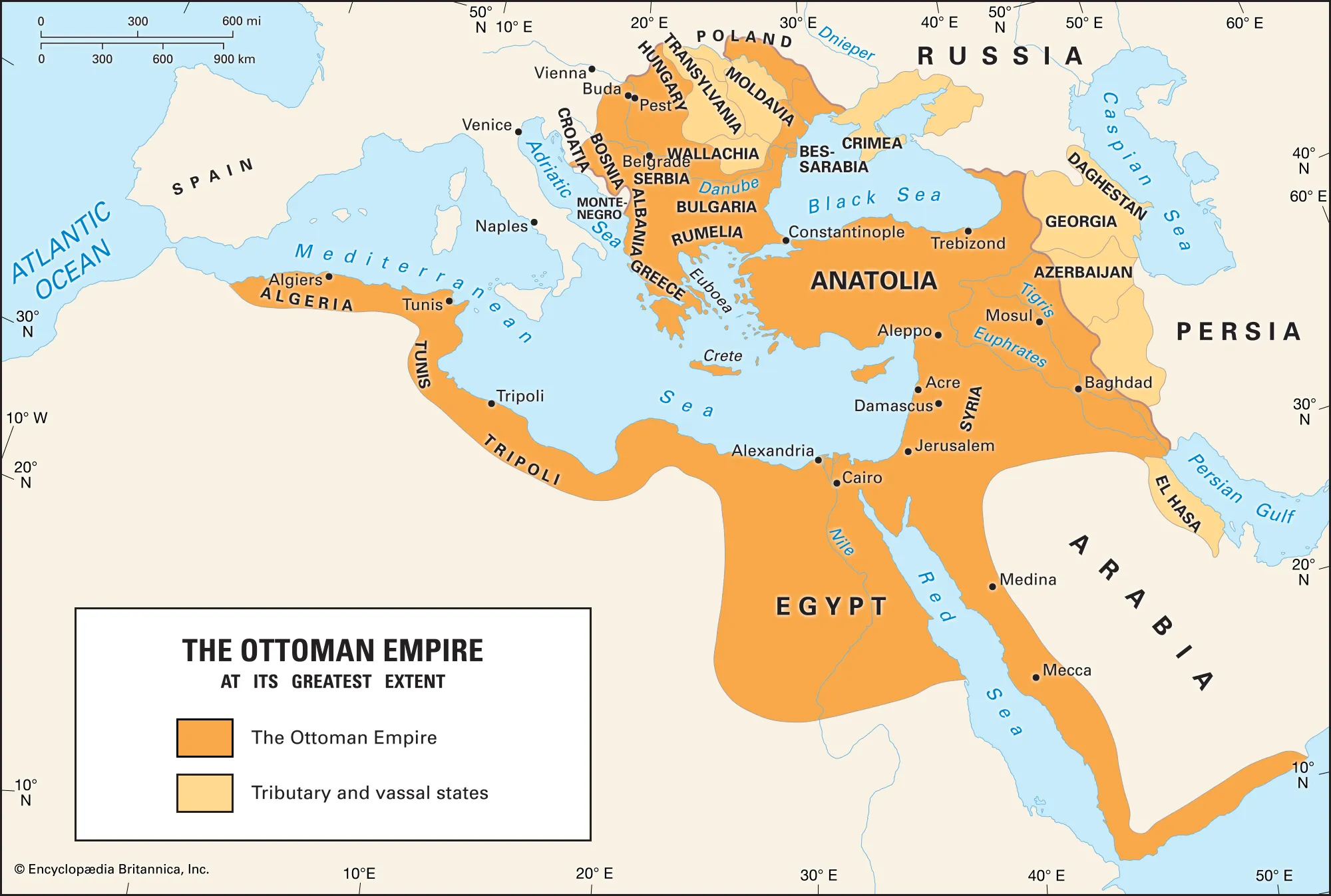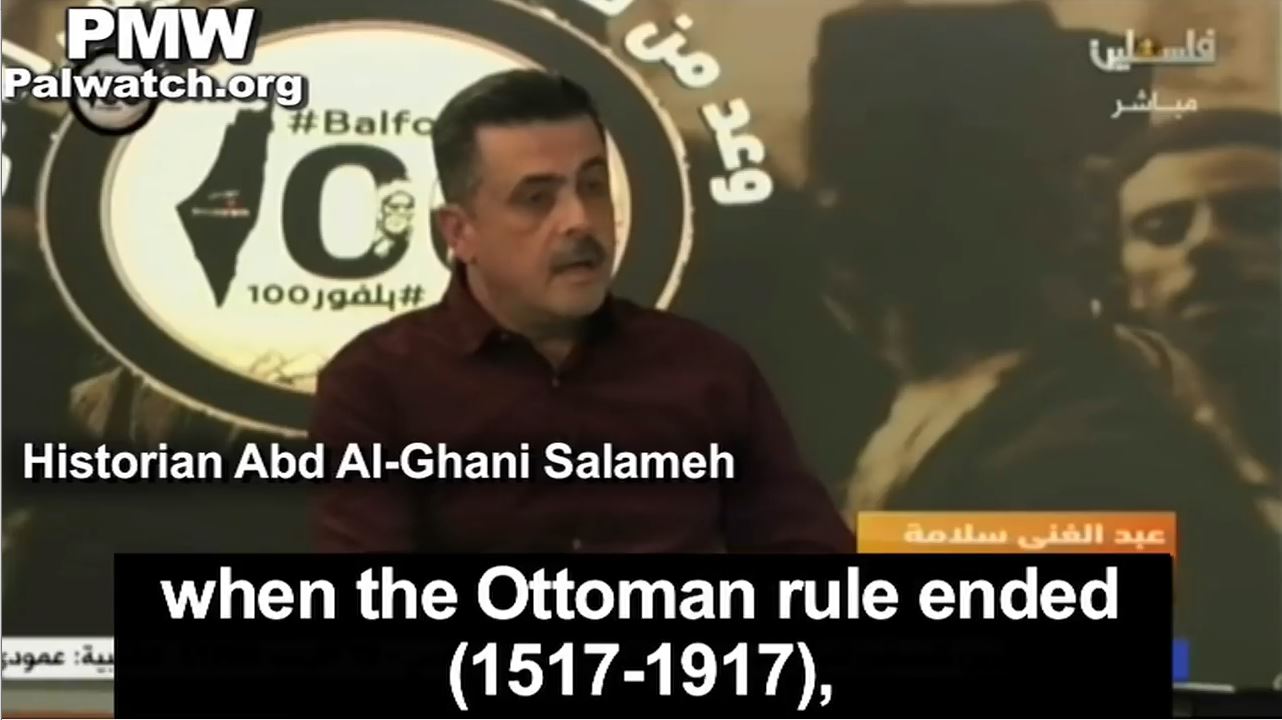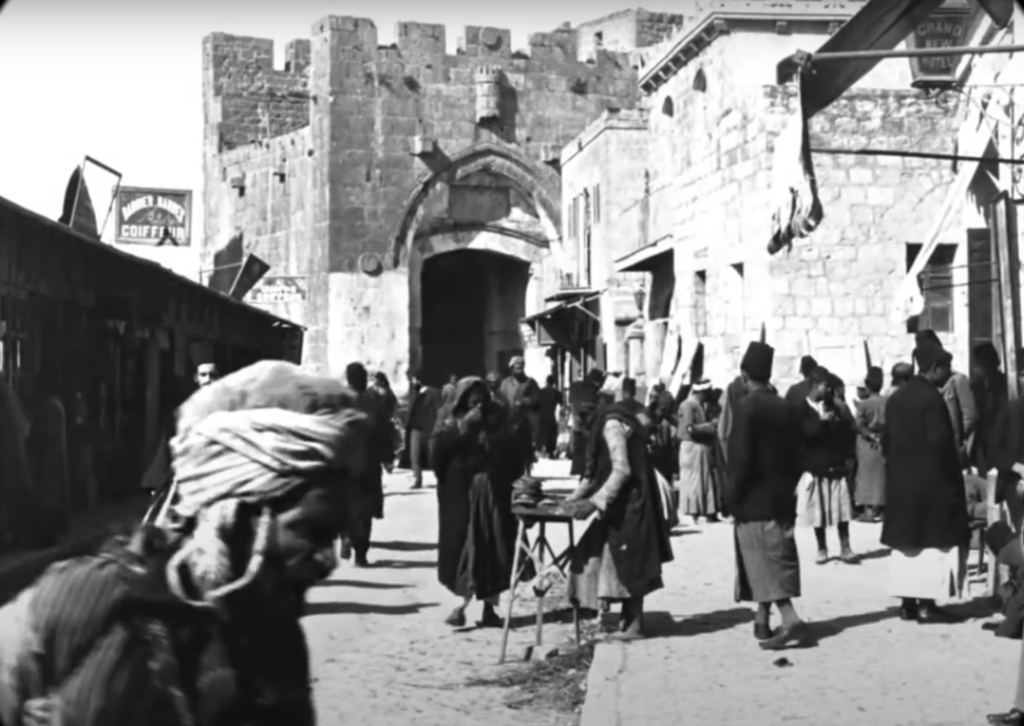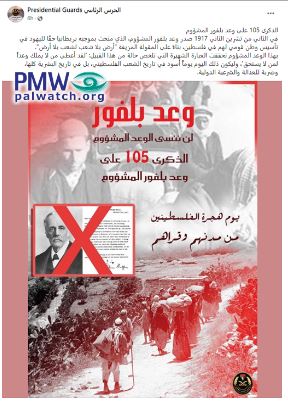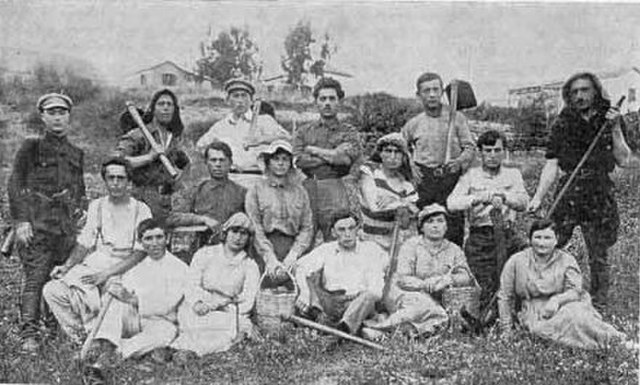Sixties Fan
Diamond Member
- Mar 6, 2017
- 53,296
- 10,360
- 2,140

The American Jewish Joint Distribution Committee (a.k.a. “The Joint”) was founded in 1914, initially to save the Jews of Palestine from starvation. Since then, it’s been involved in rescue, relief and renewal of Jews around the world. The Joint assisted 190,000 Jews to leave Germany in the 1930s, helped care for 420,000 Holocaust survivors after the war, and assisted 167,000 Jews reach Israel from Muslim countries. Having operated in 85 countries—including Russia, Ethiopia and the former Yugoslavia—its non-sectarian work provides a unified Jewish response to global disasters. The Joint remains active wherever Jews are in distress: currently, it’s providing critical help in Ukraine, both to those inside the country and new refugees. This label publicized a food drive for Holocaust survivors.

Treasure Trove: A weekly piece of our history from the collection of David Matlow—second year archive (2022-23)
The latest items via @TheCJN on Instagram.





